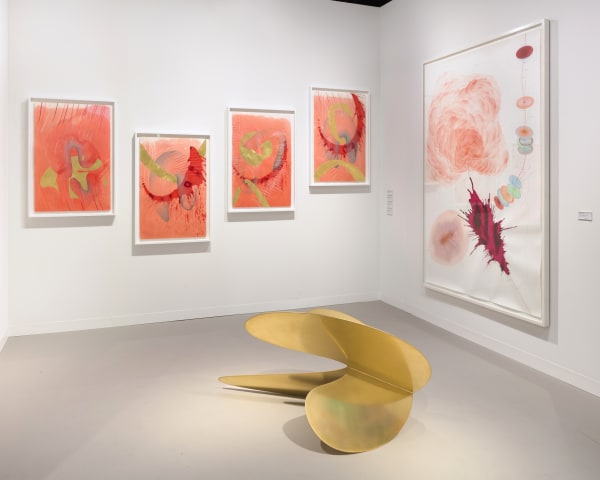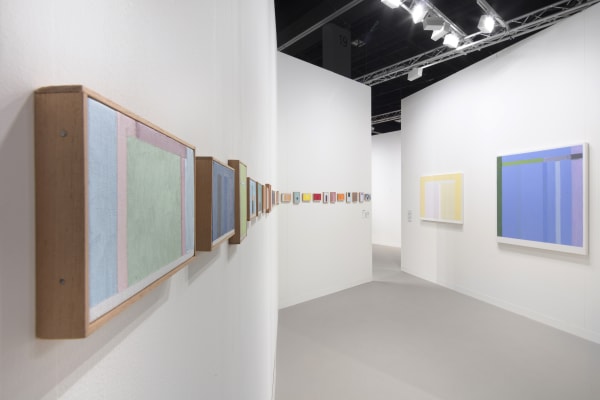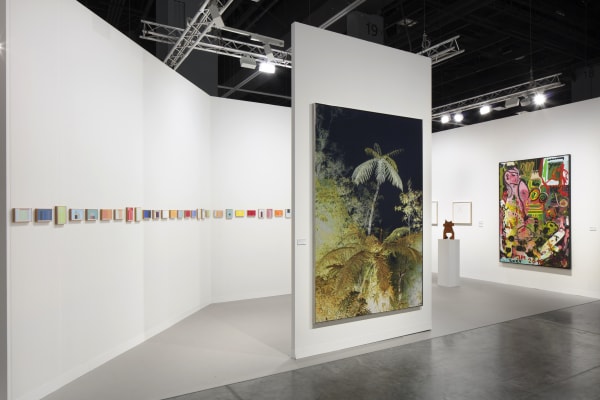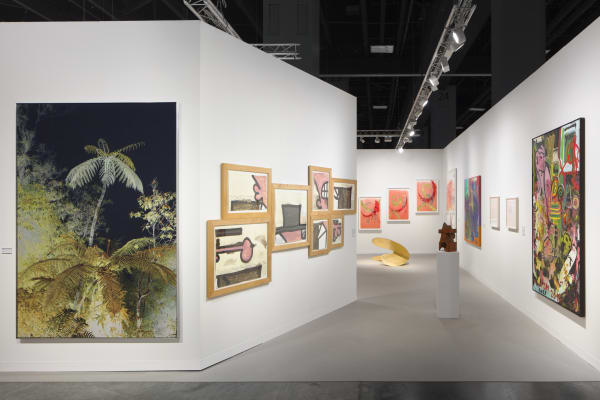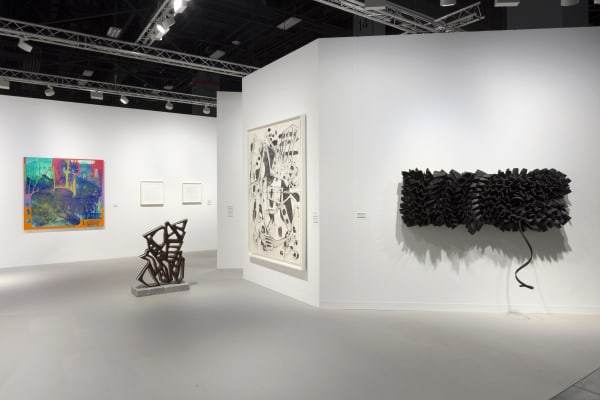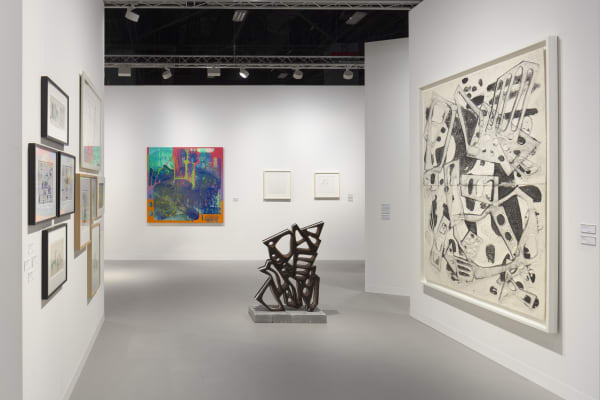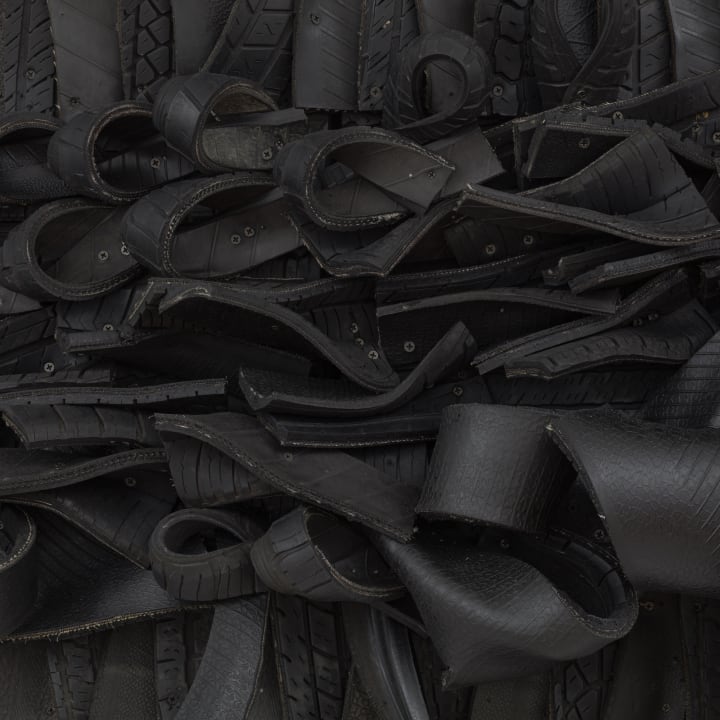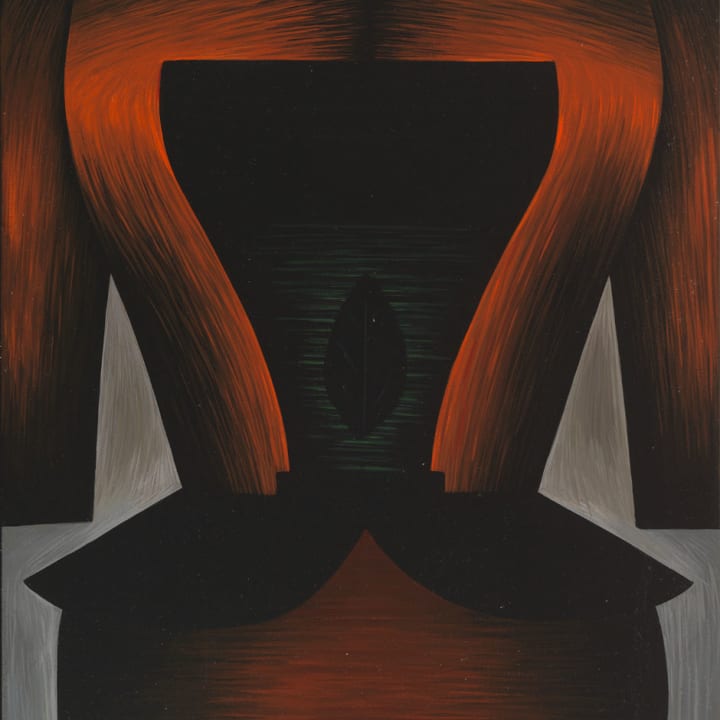For this year's edition of Art Basel Miami Beach, David Nolan Gallery celebrates a large group of artists with widely varying global perspectives.
A woven tapestry by Canadian David Hartt responds to Hudson River School painter, Frederic Edwin Church and his explorations of the flora and fauna of Jamaica in the mid-19th century, a period when America and other world powers encroached upon and radically altered that foreign territory. Hartt’s lush and beautiful imagery belies his sharp political, social and economic critique of the lasting effects of imperialism and slavery. By focusing on the landscape Hartt is able to address something larger than the human condition.
In anticipation of our upcoming gallery exhibition Fort Marion and Beyond: Plains Indian Ledger Drawings, 1870-1910, two drawings on view were created by Cheyenne and Kiowa warrior artists Nokkoistand (Bear’s Heart) and Ohettoint during their 1875-1878 incarceration at Fort Marion in St. Augustine, Florida. Graphic masterworks, the historical significance of these drawings is immense, standing at the very beginning of the widespread cultural assimilation efforts that shaped U.S. policies for almost one and a half centuries. A recent immigrant from war-torn Baghdad, Vian Sora reinvigorates with dynamic color and form her compositions. Sora’s visions fuse her own experiences with Iraqi history, cultural identity influences, and painterly abstraction. Though largely abstract, Sora’s paintings suggest figures and places, including gardens and warzones, landscapes of lush fertility and terrible decay, cycles of life and death. Two explosive paintings demonstrate Sora’s unique vocabulary of gestural abstraction through her deft handling of form and singular application of color.
New sculptures by American Chakaia Booker testify to the artist’s groundbreaking use of recycled rubber tires as a raw material for making abstract sculpture, often at a monumental scale. A delicate grace balances the power of Booker’s sculptures, which also evoke political and social aspects — from the patterns of the tires alluding to African scarification, to the exploitation tied to the collection of rubber, and the history of low wages African American workers received in the automobile industry. Booker’s works look back to the social upheaval of the 1960’s and the awakening of American society to the continuing plight of Black Americans 100 years after slavery had been abolished.
The Kabinett sector will celebrate one of the most influential contemporary Brazilian artists, Paulo Pasta, recognized for his abstract paintings which dialogue with the tradition of constructive art in Brazil and shift between reason and sensory perception. The exhibition will include his pocket-size oil paintings, a new format for the artist. Since the 1980’s, Pasta has created layer by layer an oeuvre of minimalist paintings where color reigns supreme, geometrical boundaries are subtle, and light is radiant and serene. A reference for generations of artists, historians, critics and collectors, Pasta’s work is featured in major Brazilian museums as well as international collections.

